Do you have a question about the Panasonic KX-TG5100 and is the answer not in the manual?
Describes the antenna, earpiece, display, microphone, charge contacts, and headset jack on the handset.
Details the soft keys, Navigator key, TALK, SPEAKERPHONE, OFF, HOLD buttons, and keypad arrangement.
Describes the handset speakerphone button and its speaker location on the reverse side.
Details the antennas, charging cradle, battery indicator light, and speaker on the base unit.
Covers the display, keypad, LOCATOR, CONFERENCE, HOLD, DIGITAL SPEAKERPHONE, MUTE, FLASH, PAUSE, and PRIVACY buttons.
Describes the GREETING, MEMO, ANSWER ON buttons and MAILBOX 1-3 controls for message management.
Details the Navigator key functions and the STOP and FUNCTION/EDIT buttons on the base unit.
Explains the charger unit, its indicator light, and how to place the handset in the cradle for charging.
Describes the antenna, earpiece, display, microphone, charge contacts, and headset jack on the handset.
Details the soft keys, Navigator key, TALK, SPEAKERPHONE, OFF, HOLD buttons, and keypad arrangement.
Describes the handset speakerphone button and its speaker location on the reverse side.
Details the antennas, charging cradle, battery indicator light, and speaker on the base unit.
Covers the display, keypad, LOCATOR, CONFERENCE, HOLD, DIGITAL SPEAKERPHONE, MUTE, FLASH, PAUSE, and PRIVACY buttons.
Describes the GREETING, MEMO, ANSWER ON buttons and MAILBOX 1-3 controls for message management.
Details the Navigator key functions and the STOP and FUNCTION/EDIT buttons on the base unit.
Explains the charger unit, its indicator light, and how to place the handset in the cradle for charging.
| Brand | Panasonic |
|---|---|
| Model | KX-TG5100 |
| Category | Cordless Telephone |
| Language | English |
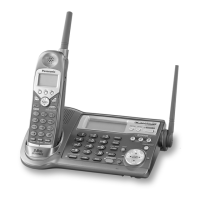

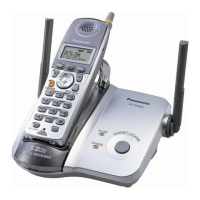


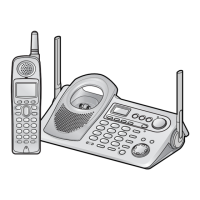

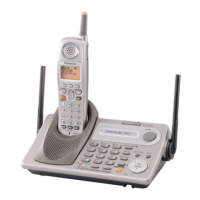
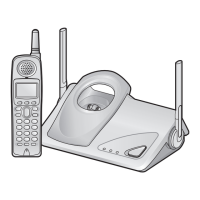



